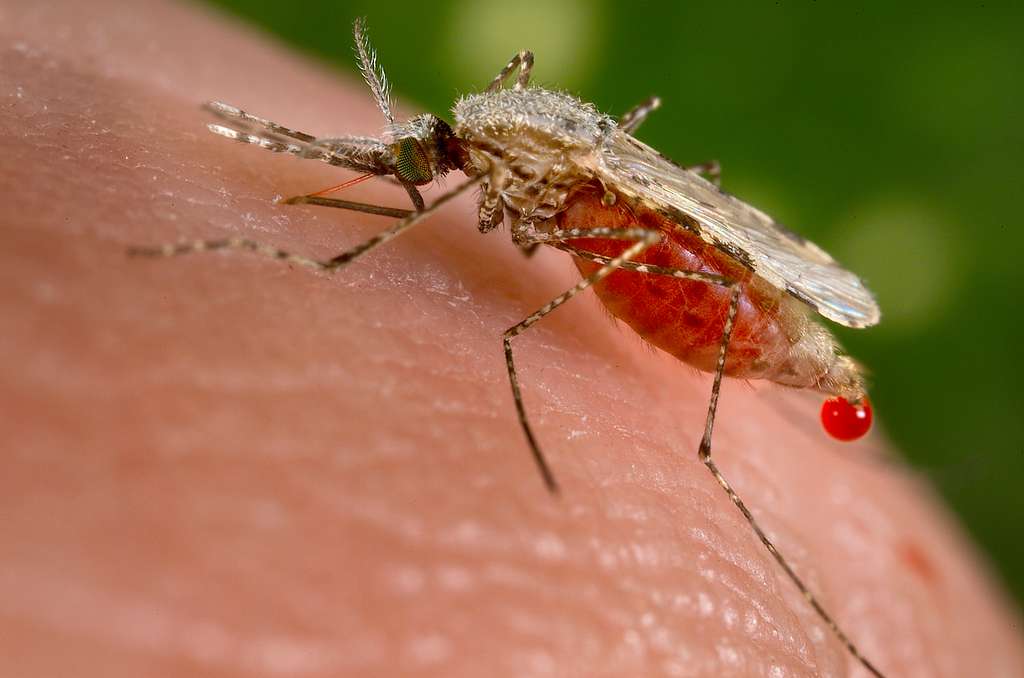The spread of Anopheles stephensi (An. Stephensi) mosquitoes poses a significant threat to malaria elimination in Africa, according to a 2019 vector alert from the World Health Organization (WHO). This malaria vector, formerly only seen in South Asia and parts of the Arabian Peninsula, was detected for the first time in Africa in 2012, in the city of Djibouti. Over the last decade, An. stephensi has been expanding, with cases reported in five different countries on the African continent. To respond to this challenge, the WHO recently announced a new initiative aimed at halting the spread of this invasive mosquito species in the region.

Unlike other mosquito vectors of malaria in Africa, An. Stephensi is able to thrive in urban areas. The expansion of this species in sub-Saharan Africa, where the burden of malaria is highest and where more than 40% of the population lives in urban areas, has sparked concerns about the effect this vector may have on the prevention and control of malaria in the area. Moreover, many conventional anti-malaria tools are not as effective against An. Stephensi, which has been found to be resistant to several insecticides.
Although large-scale monitoring of the vector is still in its early stages, and more research and studies are needed to determine the scale and scope of the problem, the rapid spread of An. Stephensi is a threat to progress against malaria. In light of this, the WHO’s new initiative aims to support a comprehensive response to the mosquito’s expansion through a five-pronged approach, which includes:
• Increasing collaboration between actors conducting monitoring, research and control of An. Stephensi;
• Strengthening entomological surveillance to determine the extent of the spread of this malaria vector and its role in malaria transmission;
• Improving information exchange and raising awareness of An. Stephensi in the areas and communities most affected;
• Developing evidence-based guidance for national malaria control programmes, and prioritizing research to evaluate the impact of vector control interventions.
According to the WHO Malaria Threats Map, the presence of An. Stephensi in Africa is one of the multiple biological challenges with the potential to reverse malaria control and elimination efforts. Rather than focusing on An. Stephensi as a stand-alone threat, the organization recommends that affected countries ensure their responses are part of a comprehensive approach and are integrated with existing efforts to control malaria and other vector-borne diseases.
Recent posts
